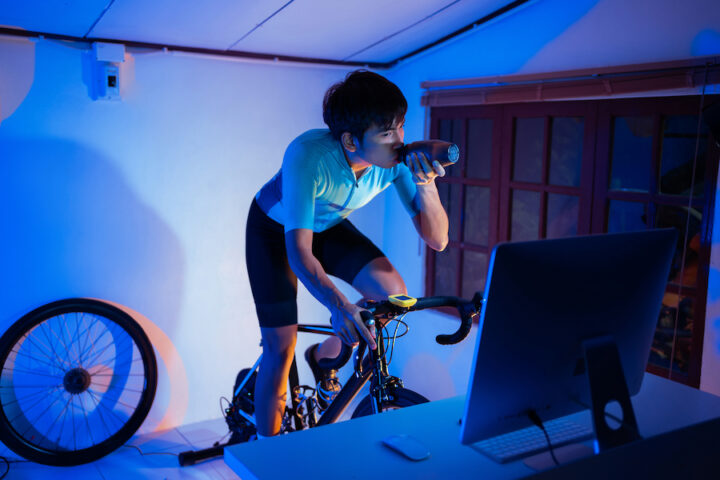
The Fundamentals of Sports Nutrition: How to Use Intuition to Improve Fueling
Data has its benefits, but only when we learn to apply an intuitive approach to our fueling can we unlock the most efficient and healthy sports nutrition habits.

Data has its benefits, but only when we learn to apply an intuitive approach to our fueling can we unlock the most efficient and healthy sports nutrition habits.

Crunching numbers is one thing, but if you want to turn data into victory, here are a few key things you should do and a few things to avoid.

HIT has many proven benefits and several big limitations. Trevor Connor explores how HIT works, its effects, and the most effective high-intensity interval workouts you can choose for specific gains.

We get asked a lot of great—and nerdy—questions via our Fast Talk Labs Forum. Every month we’ll now be taking the best questions and publishing our answers. This month, our in-house physiologist Rob Pickels tackles the topics of altitude training and the impact of body composition on hypothermia.

Today’s coaches enjoy a greater demand for services and steeper competition for clients. Choose a direction for your business and be patient in getting there.

Encouraging your athletes to build self-awareness can bring a myriad of benefits, some more obvious than others.

Taking ownership of the best practices for performance can help the coach-athlete relationship work at its best. Use this list to troubleshoot your existing client relationships.

Don’t make the mistake of doing all your base season riding at a low intensity. Spice things up with this HIIT workout.

The goal belongs to the athlete—not the coach. It’s the coach’s job to help the athlete give shape to the final product.

Goals are best evaluated in the rearview mirror. Joe Friel reflects on the goals of three endurance athletes, highlighting lessons learned.

Get your year off to a good start with this fun but challenging over-under cycling workout.

Dry January seems to gain popularity every year. But just what kind of an impact can abstaining from alcohol have on athletic performance? We find out.

Build your bike-specific strength and power with this fun and dynamic workout from a top pro triathlete.

Make the most of your time on the trainer this holiday season with this feisty workout from a world champion triathlete.

These bars are easy to make, taste great, and are perfect for your next adventure.

Boost your top-end cycling power and speed—and have some fun doing it—with these short, sharp intervals.

If you are training with Zwift, don’t miss this guide from exercise physiologist Rob Pickels, who explores best practices for this virtual cycling and running platform.

In the second of our holiday-themed recipe series, we’ve got gingerbread energy bites—a fun way to fuel your next adventure.

Looking to fuel your workouts a little differently at this time of year? Us too. In the first of our holiday fuel on-the-go recipes, we’ve got these tasty, nutrient-dense hot cacao cookies.

Looking to keep some high-intensity work in your training? Check out this indoor trainer interval workout.

Looking to increase your run mileage and stay injury-free? The work starts in the gym—and we’ve got all you need to know to do it.